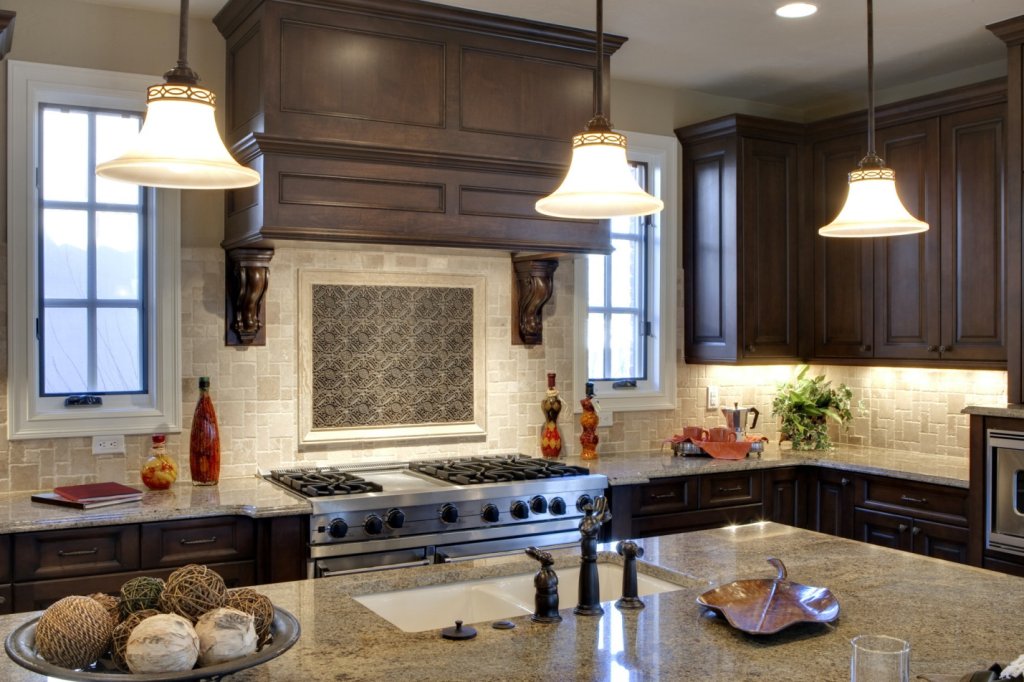Nature is associated with increased feelings of happiness.
This is no surprise to most. Stepping outside into the sunlight is a breath of fresh air- a much-needed contrast to our dining room walls and office chairs. Nothing beats roaming free in the wilderness.
Do you wish you could experience the benefits of nature even within your own home? Well, you can with some renovations!
Below is a guide on redesigning your home in the natural way. We’ll show you how you can enjoy the beauty of nature from your living room sofa.
Weatherize Your Home
Weatherizing your home includes renovations that allow your home to be more energy-efficient. These renovations lower your carbon footprint and your utility bills.
Start by making notes of any cracks in your doors and windows. Keep your eyes peeled for any electrical outlets not covered and insulated. Peek in your attic to double-check you have enough insulation for cold winters.
Purchase weather seals, window insulation tape, and new outlet covers to start making your home weatherization improvements. Hang blackout curtains to improve climate control during the summer. Contact local contractors to repair cracks and replace insulation.
Don’t forget to replace your air filters for improved air quality and flow.
Are you struggling to find money to weatherize your home? There are plenty of resources to turn to, such as a Plenti Renovation Loan.
Construct a Vertical Garden Wall
A vertical garden, or living wall, is an entire wall of living plants and succulents that looks great in any home. They’re especially great for those living in city apartments where nature isn’t as accessible.
Start building your vertical garden by selecting your designated living wall. Choose a wall that gets natural sunlight and can be seen from various points in your living space.
Are you trying to improve your apartment’s noise control? Choose a wall bordering a busy street or highway.
Next, you’ll want to build or purchase frames to support your plants. Some people even choose to create living gallery walls using eclectic collections of plant holders and boxes.
Before planting anything, do your research on which plants do best in indoor spaces, especially if you have little natural light and pets.
Non-toxic, low-light plants include:
- Spider Plants
- Burro’s Tail
- Areca Palm
What Are the Benefits?
Constructing a vertical garden is a large load of work in the beginning. You’re probably wondering about the benefits. Lucky for you, there are plenty.
Plants purify the air around us. We breathe easier with our green buddies in the home. Individuals struggling with allergies benefit from having an array of potted plants in their homes.
A living wall also keeps us connected to nature, even when inside. It’s great for individuals who recently moved to a city or those struggling with winter seasonal depression.
Due to the pandemic, many people now work from home. It’s become easier to forget about the wonders of the outside world. A living wall reminds you of the beauty you can’t find in your television.
Pay Attention to the Details
Not everyone has the funds to renovate their home to achieve a green, passive design. But everyone can pay attention to the details.
We’ll give you a few tips on how to do just that.
Start With Your Bathroom
Most people stuff their showers full of plastic bottles, most of which are barely touched. Cut down on excess by using only what you need. Recycle the rest of the plastic.
Do you use cotton balls? What about makeup wipes?
Invest in glass jars to hold your cotton balls and Q-tips. Buy reusable face wipe pads that you can later wash in your sink.
Freshen up your bathroom by placing small potted succulents on the counter. Hang a bundle of eucalyptus branches from your showerhead pipe. Place a small fern by your bathtub.
Head to the Kitchen
Everyone’s kitchen benefits from reusable containers! You don’t even need to buy full-priced new containers. Head to a thrift store to buy secondhand containers, and wash them once you’re home.
Use the containers to fill with rice, pasta, coffee grounds, cereal, and other small snacks. Instead of buying smaller packaged goods at the store, refill them with single bulk containers. Some people are even able to refill their containers at local fresh markets.
Eliminate using single-use plastic bags as much as possible. Use reusable containers when you can, and clean them in your sink or dishwasher.
Renovate the Patio
Renovating an entire home or apartment is expensive or prohibited by a landlord. Create a nature-filled sanctuary in your home by renovating the patio or outside sitting area.
Buy potted plants and secondhand pots to create a cozy patio garden. Lay down woven rugs and floor pillows for extra comfort, and don’t forget some candles on your outside table to light up dark nights.
Do you have room to hang laundry on your back patio? Install a clothesline to hang sheets or large sweaters. This will cut down on energy use.
Many individuals living in cities have even created their own herb gardens using extra patio space. Nothing beats the taste of fresh mint and basil.
If you weren’t able to find a reliable wall for your vertical garden inside the home, use the patio to create your living wall.
Renovate Your Home the Natural Way
It seems like as life moves on, we lose touch with the outdoors. Build an escape from your laptop and smartphone by renovating your home the natural way.
Create a vertical garden inside your home for a breath of fresh air, literally. Hang small plants around your home, and invest in reusable containers. If you’re able to, invest in weatherization efforts to reduce your carbon footprint.
For more tips on going green, check out the rest of our site. We offer plenty more eco-friendly home improvement and decor tips.

